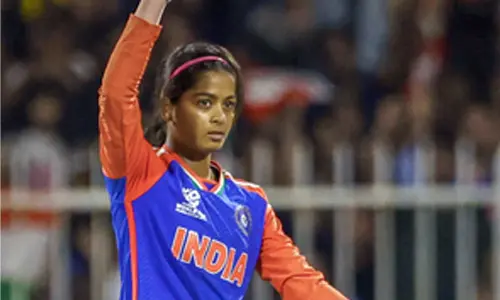FDA Approves VR Treatment for Lazy Eye in Children

FDA Approves VR Treatment for Lazy Eye in Children
The Food and Drug Administration has approved a virtual reality-based treatment for children with the visual disorder amblyopia or lazy eye, the company behind the therapy announced today. Patients view modified television shows or movies through a virtual reality headset to improve their vision. Children watch modified movies and TV shows
The Food and Drug Administration has approved a virtual reality-based treatment for children with the visual disorder amblyopia or lazy eye, the company behind the therapy announced today. Patients view modified television shows or movies through a virtual reality headset to improve their vision. About 3 percent of children have amblyopia, which develops when the brain and eyes stop communicating properly. The brain favours one eye, which leads to vision problems in the other eye. It is the leading cause of vision problems in children. It is usually treated by blocking the stronger eye with a patch or fuzzy drops, forcing the brain to rely on the weaker eye.
"We're proud to be part of the FDA's groundbreaking decision today, to approve a first-of-its-kind digital therapeutic that allows patients to watch their favourite TV shows and movies to improve their vision," Scott Xiao, chief executive officer of Luminopia, the company that developed the tool, said in a statement.
The Luminopia approach uses television and movies to develop the weaker eye and train the eyes to work together. Patients watch the program or movie through headphones that display the images to each eye separately. Images shown to the stronger eye have lower contrast, and images are presented with overlays that force the brain to use both eyes to see them correctly.
Children who used therapy and wore glasses improved their vision more than a similar group of children who did not use therapy and only wore corrective lenses full-time during a clinical trial of the technology. After 12 weeks of watching the shows for one hour a day, six days a week, 62 percent of the children who used the treatment had a great improvement in their vision. Only about a third of the children in the comparison group had similar improvements over the course of 12 weeks.
Luminopia has more than 700 hours of programming in its library and partnered with children's content distributors such as Nelvana and Sesame Workshop to develop the tool. The authors of the clinical trial wrote that they believe that the option to choose popular videos could be one of the reasons users stuck to the program: People followed the treatment plan 88 percent of the time. Less than 50 percent of patients adhere to blurred eye patches or drops. With the approval, Luminopia joins only a handful of companies licensed to offer digital therapeutic treatment as a prescription treatment for medical conditions. Last year, the FDA approved a prescription video game called EndeavorRx, which treats ADHD in children ages eight to 12. Luminopia said in a statement that it plans to launch the treatment in 2022.














